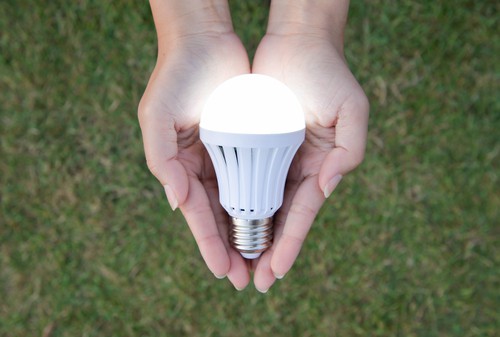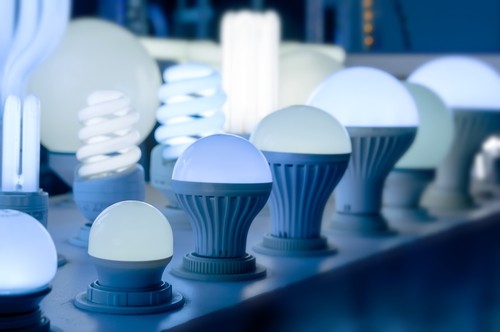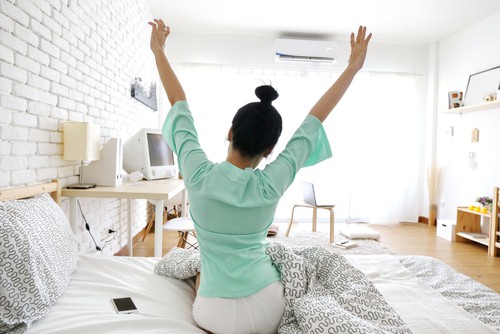
Why Are LED Lights Better?
October 28, 2020
How To Choose Lighting For Your Bedroom?
December 11, 2020What Color LED Light Is Best For Sleeping?

What Color LED Light Is Best For Sleeping? Are LED Lights good for sleeping? The short answer is no. The common conclusion reached by various sleep studies states that light prevents the transition from REM (Rapid Eye Movement) to deep sleep.
Deep sleep is key for normal body functions such as cell and energy restoration, maintaining a healthy immune system, and preventing certain serious health conditions.
Without adequate time spent in deep sleep, one may find themselves suffering from the side effects of low quality sleep. However, there are some who find that soft lighting is a key component to falling and staying asleep.
In these circumstances, LED lighting is a far superior option to common daytime light sources.
Types of LED Lights

When purchasing LED lights, it is essential to begin by considering what type of light is most appropriate for the room in which they will be used:
- Strip LED Lights: Strip LED lights to give off a soft colored light that can be customized either via a downloadable phone app or by remote control. Strip LED lights are simple to install and can be utilized throughout the entire room to create an even glow.
- String LED Lights: Similar to Strip LED lights, String LED lights are also fairly easy to install. However, they oftentimes come as a static white/yellow light and do not offer the option to change colors.
- Colored LED Lightbulbs: These types of lightbulbs can be installed into most ceiling light fixtures and lamps. Like regular lightbulbs, they offer a single source of colored light that then attempts to light the entire space.
Best LED Colors for Sleep – Red and Warm Colors

Studies have shown that red is the color found to be most conducive to quality sleep. This is ironic, considering the fact that color psychology commonly associates red with energy and stimulation.
The circadian rhythm, or the body’s “internal clock”, associates red and other warm colors with sunrise and sunset. These times of day accompany the transition from sleep to alertness and vice versa.
At night, by exposing your system to colors that your brain naturally interprets as a signal for “bedtime”, red can assist in transitioning the mind and body into sleep-mode.
Warm colors have also been found to have a lower “light temperature”. Low light temperature colors have a calming and relaxing effect on the mind and body.
The ipRGC cells in your eyes, which assist in regulating a mammal’s circadian rhythm, are also far less sensitive to warm colors than they are to cool colors. Therefore, not only do they trigger the circadian rhythm to promote sleep, but they also do not disrupt your body’s natural cycle.
Colors to Avoid – White, Blue, and Cool Colors

White light is too bright to allow for quality sleep, as its primary purpose is to mimic natural sunlight. Utilize white light only during the daytime to supplement for a lack of natural lighting, and avoid using when trying to sleep.
Blue and other cool colors have been found to be severely detrimental to achieving quality sleep. This is also ironic, considering the fact that dark blues and purples are the hues most commonly associated with natural nighttime lighting.
However, studies show that blue light is the worst offender for suppressing melatonin, a vital hormone for regulating the circadian rhythm.
This exact phenomenon is the reason that most physicians recommend the limitation or complete elimination of screen time for 1 hour before going to bed. The screens on the phone, tablets, and laptops use cyan to improve image quality, resulting in an underlying blue light.
Alternative Options

If you are experiencing issues sleeping and are looking into potential remedies, utilizing colored LED lights is a possible solution to insomnia in certain cases.
However, it is also important to note that these lights could potentially have the opposite effect; they may result in an even lower quality of sleep. Before purchasing LED lights, or in conjunction with using LED lighting, try using these other quality sleep-promoting techniques:
- Turn off all electronic devices 1 hour before bedtime
- Use your device’s built-in Night Mode or Blue Light Filter at night
- Use a white noise machine, or listen to white noise videos on YouTube
- Utilize your bed exclusively for sleep
- Listen to guided meditations to aid in relaxation and sleep
- Avoid caffeine late in the day
What Color LED Light Is Best For Sleeping? – Conclusion

If none of these solutions are resulting in a better quality of sleep, talk to your physician about other potential remedies. They may recommend melatonin supplements, a common sleep aid that can be purchased at most drug stores without a prescription.
Always ask your physician or pharmacist about potential side effects and reactions with other medications you may be taking before starting a new supplement.



